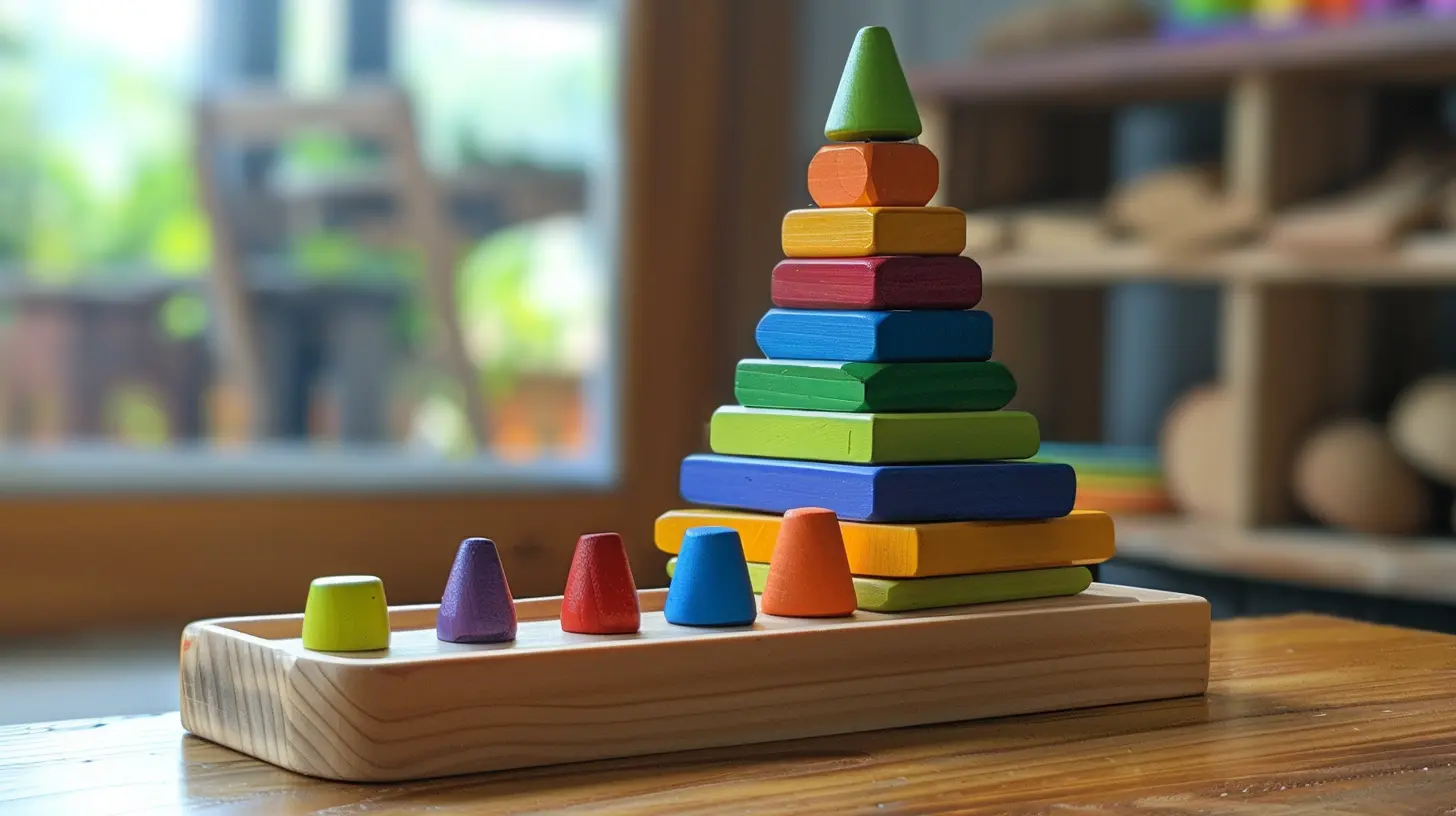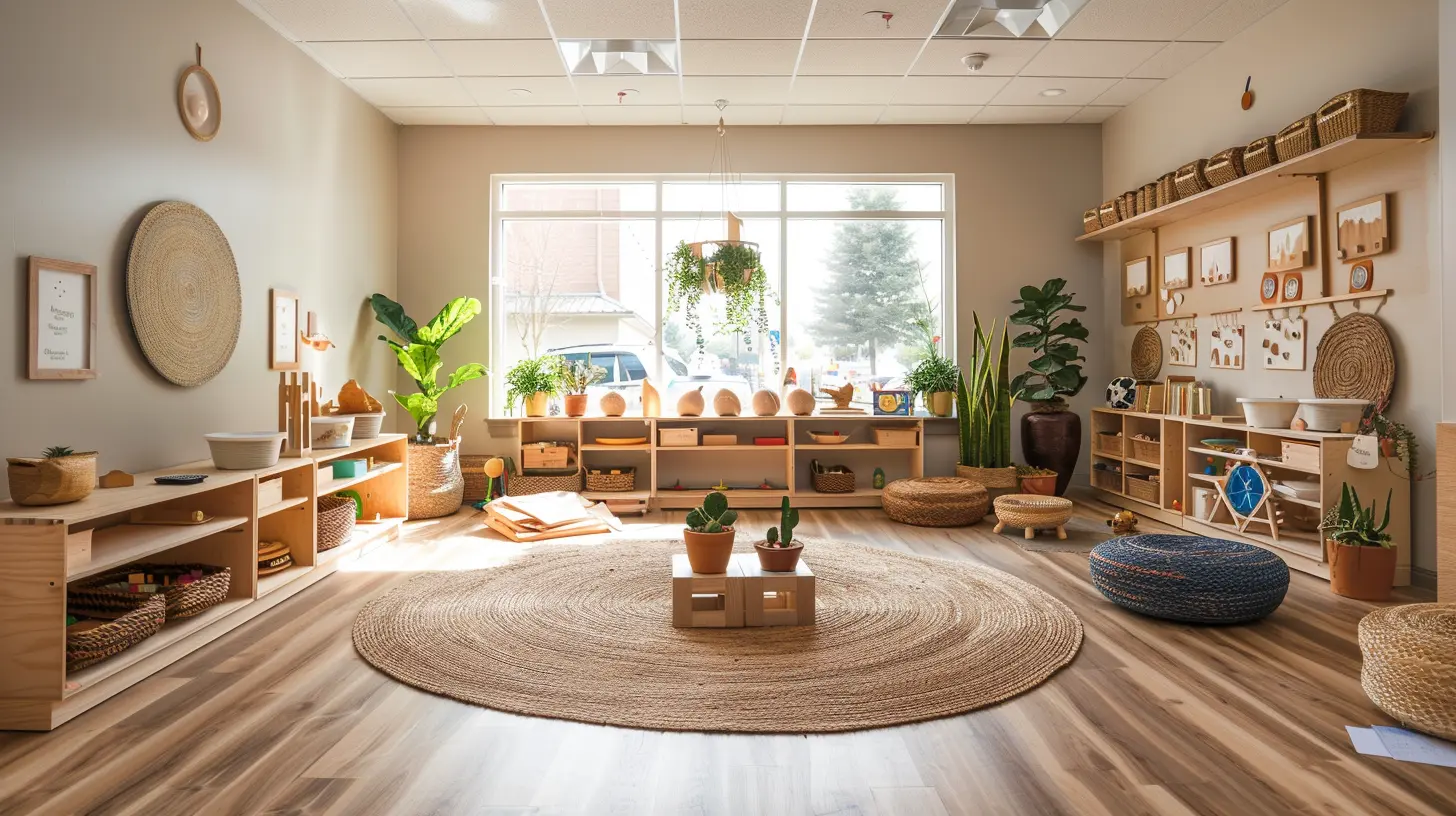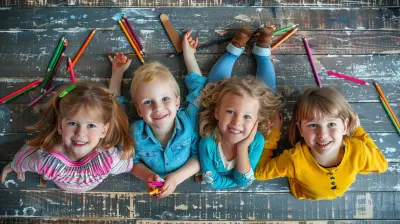16 November 2025
Education is the foundation of a child's future, shaping their learning habits, interests, and perspectives. But when it comes to choosing the right educational path, parents often find themselves torn between Montessori and traditional education.
So, what’s the difference? How do these two systems influence a child's growth and development? Buckle up as we dive into the key differences between Montessori and traditional education—helping you make an informed decision for your little one.

What is Montessori Education?
Let’s start with Montessori education. Developed by Dr. Maria Montessori in the early 1900s, this method focuses on child-led learning in a well-prepared environment. Rather than a one-size-fits-all teaching style, Montessori education emphasizes independence, self-discipline, and hands-on experiences.Imagine a classroom where kids move freely, working on tasks that genuinely interest them. Teachers act more like guides rather than lecturers, helping children explore concepts at their own pace. The goal? To nurture a love for learning and encourage critical thinking.

What is Traditional Education?
On the other hand, traditional education follows a structured, teacher-centered approach. Picture a classroom with desks neatly arranged in rows, where students follow a fixed curriculum, learning the same material at the same time.Subjects are usually taught through lectures, textbooks, and assignments, with an emphasis on grades and standardized testing. The focus is on acquiring knowledge systematically, preparing students for academic success through discipline and repetition. 
Key Differences Between Montessori and Traditional Education
Both methods aim to educate children, but they do so in vastly different ways. Let's break it down:1. Teaching Approach
- Montessori: Child-centered, allowing students to choose activities based on their interests. Teachers play a guiding role rather than dictating learning.- Traditional: Teacher-led, with educators directing the lesson plan and students following structured instructions.
Montessori fosters independence, while traditional education prioritizes structured learning.
2. Classroom Environment
- Montessori: Open, inviting, and designed for movement. Children work with hands-on materials and engage in real-world experiences.- Traditional: Desks in rows, where students mostly listen, take notes, and follow a structured lesson plan.
In a Montessori setting, kids aren’t confined to their desks—they explore, touch, and experience learning firsthand.
3. Pace of Learning
- Montessori: Students learn at their own pace, moving forward when they feel ready. No rigid timelines or pressure to "keep up."- Traditional: All students progress at the same pace, following a fixed curriculum and schedule.
Montessori respects that not all children learn at the same speed, while traditional schooling expects uniform progress.
4. Role of the Teacher
- Montessori: The teacher is a facilitator, acting as a guide rather than a lecturer.- Traditional: The teacher is the primary source of knowledge, leading the class with structured lessons.
Montessori teachers encourage exploration, whereas traditional educators are the main authority in the classroom.
5. Assessment and Grading
- Montessori: No traditional grades. Teachers assess progress through observation, portfolios, and self-evaluation.- Traditional: Uses standardized tests, quizzes, and report cards to measure student success.
Montessori emphasizes personal growth, while traditional schools focus on academic performance through grades.
6. Social Interaction
- Montessori: Mixed-age classrooms promote collaboration, mentorship, and social development.- Traditional: Students are usually grouped by age, interacting mostly with peers of the same grade level.
Montessori encourages peer learning, while traditional classrooms emphasize teacher-driven instruction.
7. Creativity and Critical Thinking
- Montessori: Encourages creativity, problem-solving, and self-expression through hands-on activities.- Traditional: While creativity is valued, the focus remains on following instructions and mastering academic subjects.
Montessori fosters out-of-the-box thinking, whereas traditional learning leans towards structured knowledge retention.
8. Discipline and Behavior Management
- Montessori: Teaches self-discipline, allowing children to develop a sense of responsibility and respect through freedom.- Traditional: Implements rules, punishments, and rewards to maintain order and discipline.
Montessori encourages internal motivation, while traditional schools reinforce discipline through external guidance. 
Which Education System is Better?
So, which one wins? Well, it depends.If you want your child to develop independence, creativity, and critical thinking, the Montessori approach might be the better choice.
However, if your child thrives in structure, routine, and traditional learning methods, a conventional school could be the right fit.
At the end of the day, every child is unique. Some may flourish in a free-spirited Montessori classroom, while others may find comfort and motivation in a structured environment.
Final Thoughts
Both Montessori and traditional education have their strengths and challenges. The key is to understand your child's personality, learning style, and individual needs before making a decision.No system is universally "better." What matters most is finding an environment where your child feels inspired, engaged, and confident in their educational journey.
So, whether it's a Montessori classroom with hands-on learning or a traditional school with structured lessons, the best education is one that nurtures a love for learning.


